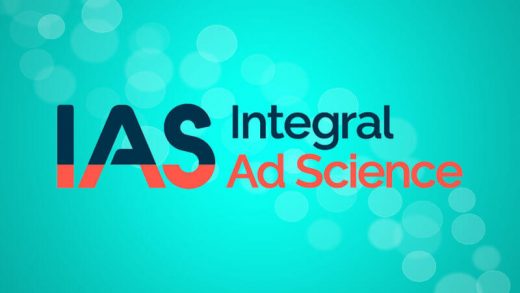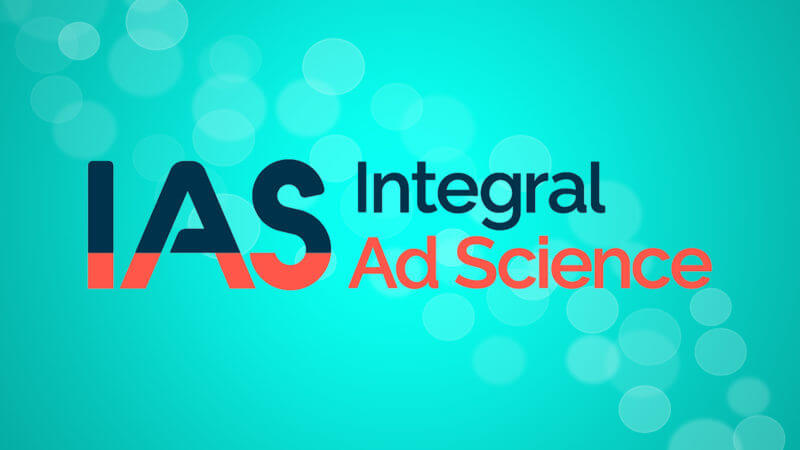Integral Ad Science launches beta to measure & optimize ad exposure time at the user level
Buying based on consumer exposure metrics is the next evolution of viewability, bets IAS.
Integral Ad Science is testing a new solution to help brand advertisers measure and optimize their digital display campaigns. The solution aims to move buying beyond viewability to a process that accounts for how exposure to ad messaging across properties impacts a campaign’s influence on consumers.
IAS is running a closed beta of Consumer Exposure Optimization, which is part of the IAS Analytics suite, with Fortune 500 customers in what it says is the first-to-market solution of its kind. The system measures the exposure time and viewable frequency of ads at a user level. It’s then able to eliminate overexposure and correct underexposure on campaigns so that some consumers aren’t bombarded with ads while others have little chance of seeing them at all.
“We’ve been seeing that viewability isn’t equally distributed — some consumers are underexposed, some are overexposed,” said Scott Knoll, CEO of IAS by phone. “Viewability has always been tied to a site, now we are tying it to a person and measuring their exposure. Advertisers can then adjust their buys to focus on the underexposed.”
With machine learning, the system will eventually gain an understanding of the optimal exposure time and frequency for a campaign to influence consumers and optimize programmatic buys accordingly in real time.
“The next step from transacting on viewability is starting to think about viewability in terms of the consumer rather than just an individual impression,” said Knoll in a statement. “We’re evaluating the total brand exposure to people for the lifetime of the campaign, and our data shows that the vast majority of consumers can be reached more effectively. Our new solution aims to address this gap and ensure we’re exposing consumers for the right time and frequency.”
Knoll told Marketing Land that this methodology has much bigger ramifications, but IAS saw the initial way to course correct by starting with programmatic buying channels, in part, because it’s the easiest place to leverage the data in real time. Knoll says a number of publishers have expressed interest in the solution for measuring direct buys.
“Currently advertisers are using impressions as a proxy for exposure, but that will be much less important. Now we can tie exposure to specific messages to business outcomes online and offline,” says Knoll.
Take message sequencing: Knoll explains that for the first time, ads can be sequenced based on whether ads were viewable and for how long, not just on whether they were served. For example, advertisers can set exposure time for 30 seconds before sequencing the next message.
About 80 brands are beta-testing the measurement piece of this solution. About a half-dozen advertisers are now testing the targeting capabilities, though Knoll says the beta will be expanding rapidly.
Marketing Land – Internet Marketing News, Strategies & Tips
(29)




